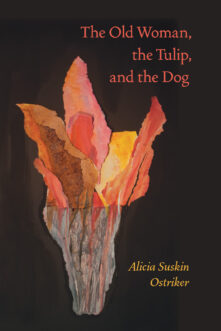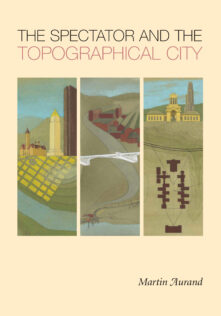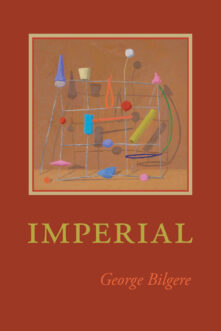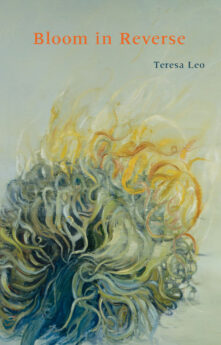Books
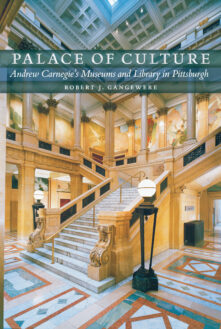
Palace of Culture
Andrew Carnegie's Museums and Library in Pittsburgh
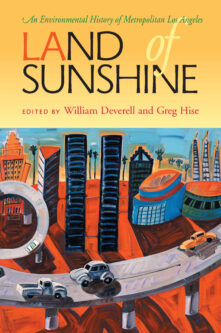
Land of Sunshine
An Environmental History of Metropolitan Los Angeles
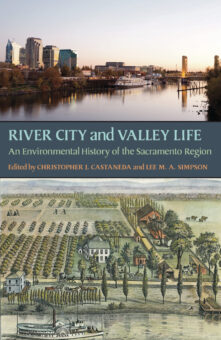
River City and Valley Life
An Environmental History of the Sacramento Region
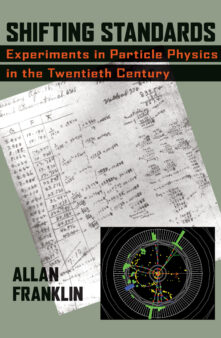
Shifting Standards
Experiments in Particle Physics in the Twentieth Century
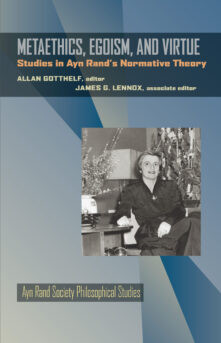
Metaethics, Egoism, and Virtue
Studies in Ayn Rand's Normative Theory

Chatham Village
Pittsburgh's Garden City
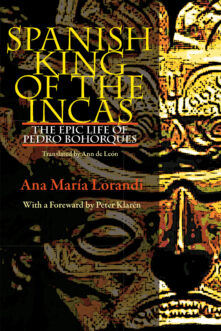
Spanish King Of The Incas
The Epic Life Of Pedro Bohorques
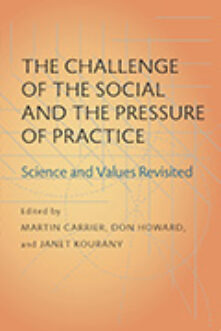
The Challenge of the Social and the Pressure of Practice
Science and Values Revisited
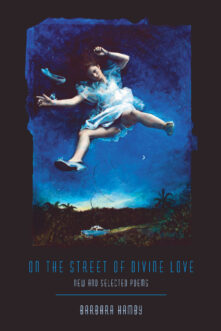
On the Street of Divine Love
New and Selected Poems
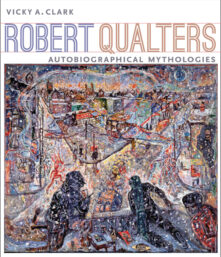
Robert Qualters
Autobiographical Mythologies
Total 1551 results found.


